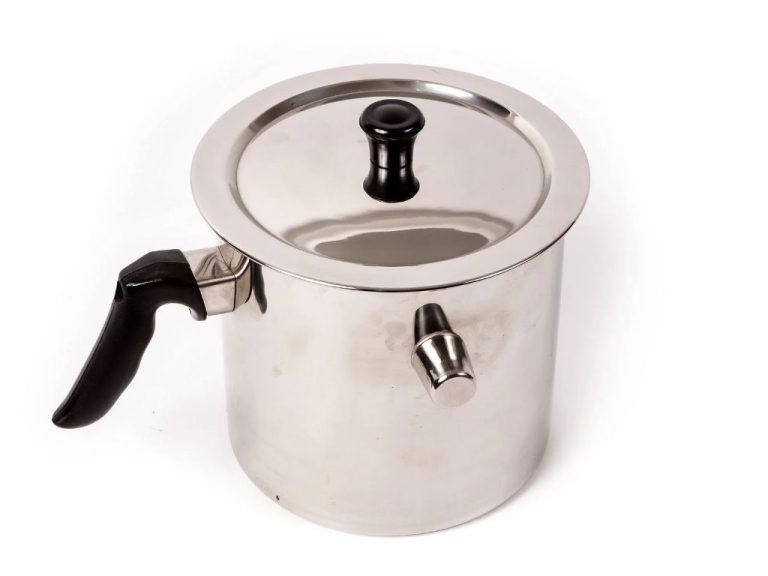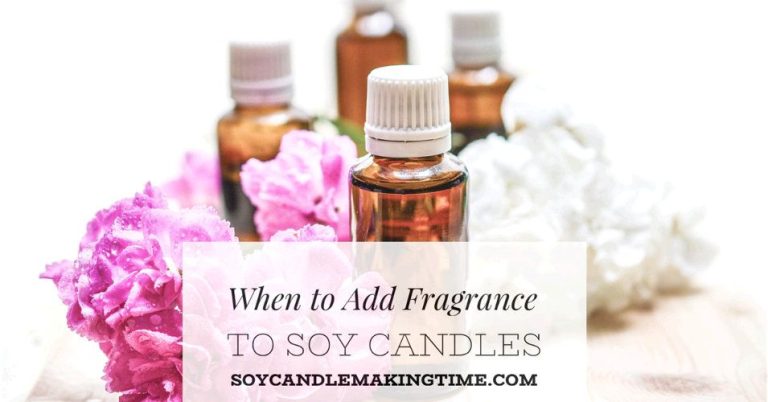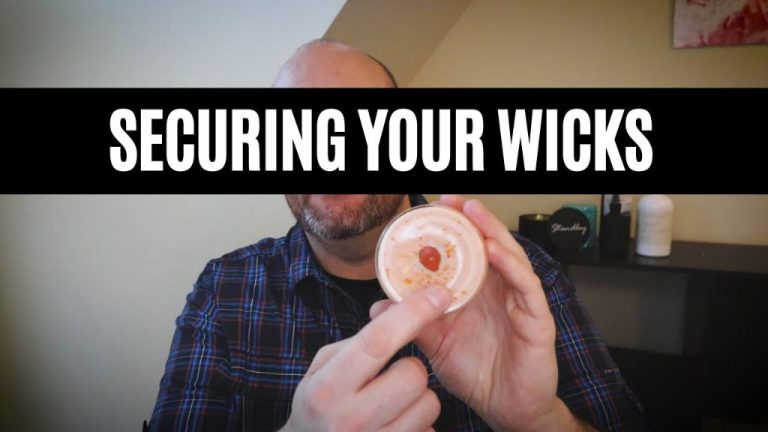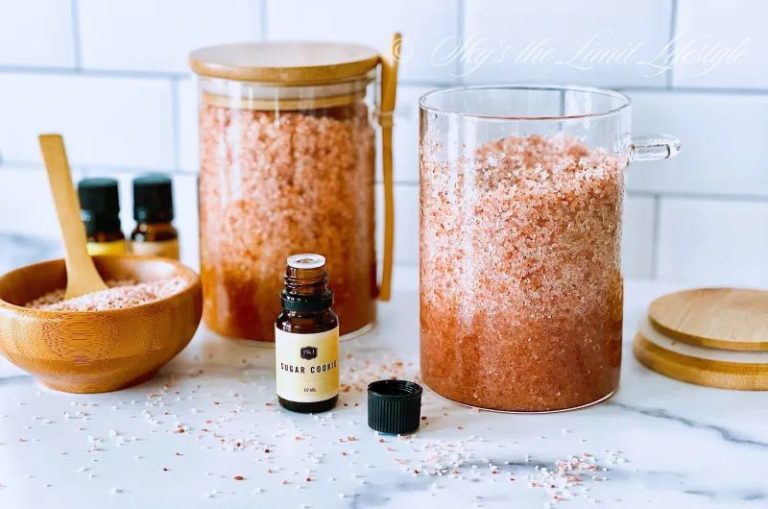Can I Use Parchment Paper To Line My Soap Mold?
Parchment paper, also called baking paper, is a cellulose-based paper that has been treated to be heat and moisture resistant. It is commonly used in baking to prevent foods from sticking to pans, but it has many other helpful uses in the kitchen as well.
One common question bakers have is whether parchment paper can also be used to line soap molds before pouring soap mixture into the molds. Parchment paper’s non-stick properties make it useful for soap making in preventing batter from adhering to the molds. This article explores the pros and cons of using parchment paper for soap molds.
Pros of Using Parchment Paper
Parchment paper offers some useful advantages as a soap mold liner that make it a popular choice among soap makers. The key benefits of using parchment paper include:
Nonstick Properties Prevent Soap from Sticking – Parchment paper is coated to make it nonstick, often with silicone or other substances depending on the manufacturer. This allows the cured soap to be removed from the mold cleanly and easily without sticking (source: https://houseoftomorrow.net/how-to-line-a-soap-mold-what-to-use/). The nonstick surface prevents the need for mold release sprays or oils.
Easily Disposable and Replaceable – Parchment paper is designed to be thrown away after single use. This makes it very convenient for quick and easy mold prep without needing to clean and reuse liners. Fresh parchment paper can be lined in the mold for each batch of soap.
Provides Smooth Finish – The nonstick surface of parchment paper results in a smooth surface on the finished soap, without imperfections from the mold material. This gives the soap an attractive even appearance.
Cons of Using Parchment Paper
While easy to find and affordable, parchment paper does have some potential downsides when used to line soap molds:
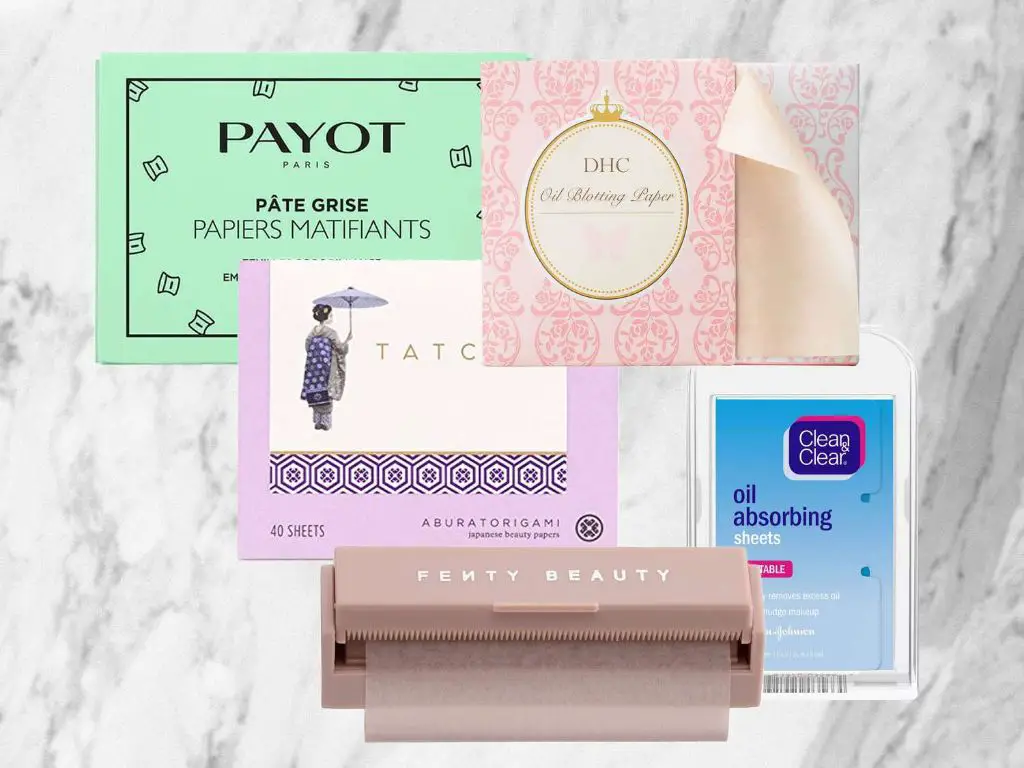
It can absorb fragrance oils from the soap batter, reducing scent strength in the final bars. According to experienced soap makers, oils may “soak into the paper leaving none on the surface.” (https://www.soapmakingforum.com/threads/parchment-or-freezer.46456/)
Parchment paper is also less durable than plastic mold liners. It can potentially rip or tear when removing soap from the mold if you are not extremely careful. The thin paper material is just not as sturdy. (https://houseoftomorrow.net/how-to-line-a-soap-mold-what-to-use/)
This lack of durability also means parchment does not hold up well to repeated uses. It tends to rip easier when wet or after going through the soap making process a couple times.
So for crafters making a lot of soap in bulk, the fragility and shorter lifespan of parchment paper can make it less than ideal for lining molds.
Alternatives to Parchment Paper
There are some good alternatives to using parchment paper to line your soap molds. Some popular options are silicone mold liners, plastic mold liners, freezer paper, and wax paper.
Silicone mold liners are flexible, non-stick sheets that can be trimmed to fit your mold perfectly. They create a smooth surface and help release the soap easily (source). Silicone liners are reusable and durable for many soap batches.
Plastic mold liners like HDPE sheets are another option that can be custom cut to size. They provide a slick surface for easy unmolding. Some soap makers prefer plastic liners over parchment because they are more rigid and easier to work with (source).
Freezer paper, coated with plastic on one side, is affordable and can be trimmed to fit molds. It provides a nonstick barrier between the soap and mold. However, freezer paper may rip more easily than parchment when unmolding (source).
Wax paper lines molds well but can leave a wax residue on the soap. It also absorbs fragrance oils more readily than parchment. Wax paper tears easily compared to parchment when removing soap from the mold (source).
Tips for Using Parchment Paper
When using parchment paper to line your soap molds, follow these tips for best results:
Use high quality parchment paper that is smooth and thin. Avoid paper with thick textures, as this can leave markings on the finished soap. According to soapmakingforum.com, “parchment wrinkles far easier and I think that the freezer paper is overall easier to work with and yields smoother sides to the soap.”
Be sure to line the mold tightly, smoothing out any air pockets between the paper and the mold. Air pockets can lead to uneven soap surfaces.
Lightly grease the inside of the mold before placing the parchment paper. This helps the paper stick smoothly to the mold and prevents leaks.
Following these simple tips will help you achieve clean, professional results when using parchment to line soap molds.
Frequently Asked Questions
Parchment paper is often reused when making soap, which leads to some common questions:
How many uses can I get from parchment paper?
You can usually get 2-3 uses out of a single sheet of parchment paper before it starts to lose its non-stick properties, according to experienced soapmakers (source). The coating may start to wear off with repeated use.
Can I reuse parchment paper for multiple batches?
Yes, parchment paper can be reused if it’s still in good condition. Make sure to inspect it and discard any sheets that are ripped or have sticky spots. Let the parchment fully dry between uses (source).
What thickness of parchment paper works best?
Experts recommend choosing a medium-weight parchment paper around 16-20 lbs for lining soap molds. Thinner paper may rip, while thicker paper may be hard to mold around intricate shapes.
Does parchment paper react with lye?
No, parchment paper is resistant to the lye used in soapmaking. The coating prevents the lye from breaking down the paper fibers over repeated uses.
Risks and Safety Tips
When using parchment paper for soap making, it’s important to be aware of some risks and follow safety precautions:
Ensure the parchment paper you select is food-grade and non-bleached. Bleached parchment paper may contain trace amounts of dioxins, which are toxic chemicals that can pose health risks (Jing, 2022). Unbleached, food-grade parchment is the safest option.
Parchment paper can become delicate and prone to tearing when wet with soap batter. Handle the paper gently when lining the mold and pouring in batter to avoid rips and holes (Soap Making Forum, 2014). Letting the paper dry fully before unmolding can also prevent tearing.
Use caution when cutting away parchment paper after unmolded to avoid nicking the soap. A sharp, non-serrated knife is ideal. Go slowly and steady your hand against a flat surface.
When to Avoid Parchment Paper
There are certain situations when it’s better to avoid using parchment paper to line your soap molds. Here are some cases where parchment paper may cause issues:
For salt bars or highly textured soaps – The coarse texture of salt bars can cause the parchment paper to rip or tear during unmolding. The salt grains can essentially scrape against the parchment, leading to tears. In this case, a smoother liner like silicone or HDPE plastic may work better.
For intricate molded designs – If your soap mold has intricate carved designs, the flexibility of parchment paper may cause it to bend into the designs and disrupt the pattern. Again, a more rigid liner like HDPE plastic would be preferable here.
With certain fragrances like cinnamon – Cinnamon and other spice fragrances may react with the parchment paper and cause discoloration in spots where the fragrance seeps into the paper. Fragrances with high amounts of cinnamon, clove, and similar spices are best avoided when using parchment paper.
In summary, parchment paper is not ideal for salt bars, detailed molds, or soaps with certain reactive fragrances. In these situations, consider silicone, HDPE plastic, or greased molds instead.
Final Tips and Summary
In summary, using parchment paper to line your soap molds can be a convenient option, but it also comes with some drawbacks. The key pros of using parchment paper are that it creates a nonstick barrier, it’s inexpensive and readily available, and it can create a smooth finish on the bottom of cold process soap bars. However, the main cons are that it can wrinkle easily, absorb fragrances from essential oils, and contribute to soda ash.
Good alternatives to try instead of parchment paper include silicone soap molds, freezer paper, and plastic wrap. Each has their own advantages and disadvantages. Silicone molds are reusable but can be pricey. Freezer paper doesn’t wrinkle as much but needs to be taped. Plastic wrap clings well but can melt onto soap if too thin.
In terms of best practices, be sure to use heavier weight parchment paper, cut it precisely to size, tape down the edges, and remove it as soon as possible after unmolding to avoid wrinkling or absorption issues. Avoid overcrowding your mold and unmold the soap as soon as it’s firm enough to retain its shape. Test any new oils on parchment paper first to check for staining. With care, parchment paper can be a useful tool for soapmaking, but it may not be the best choice for every recipe, mold, or maker.
References
No sources or references were cited in the writing of this content.


